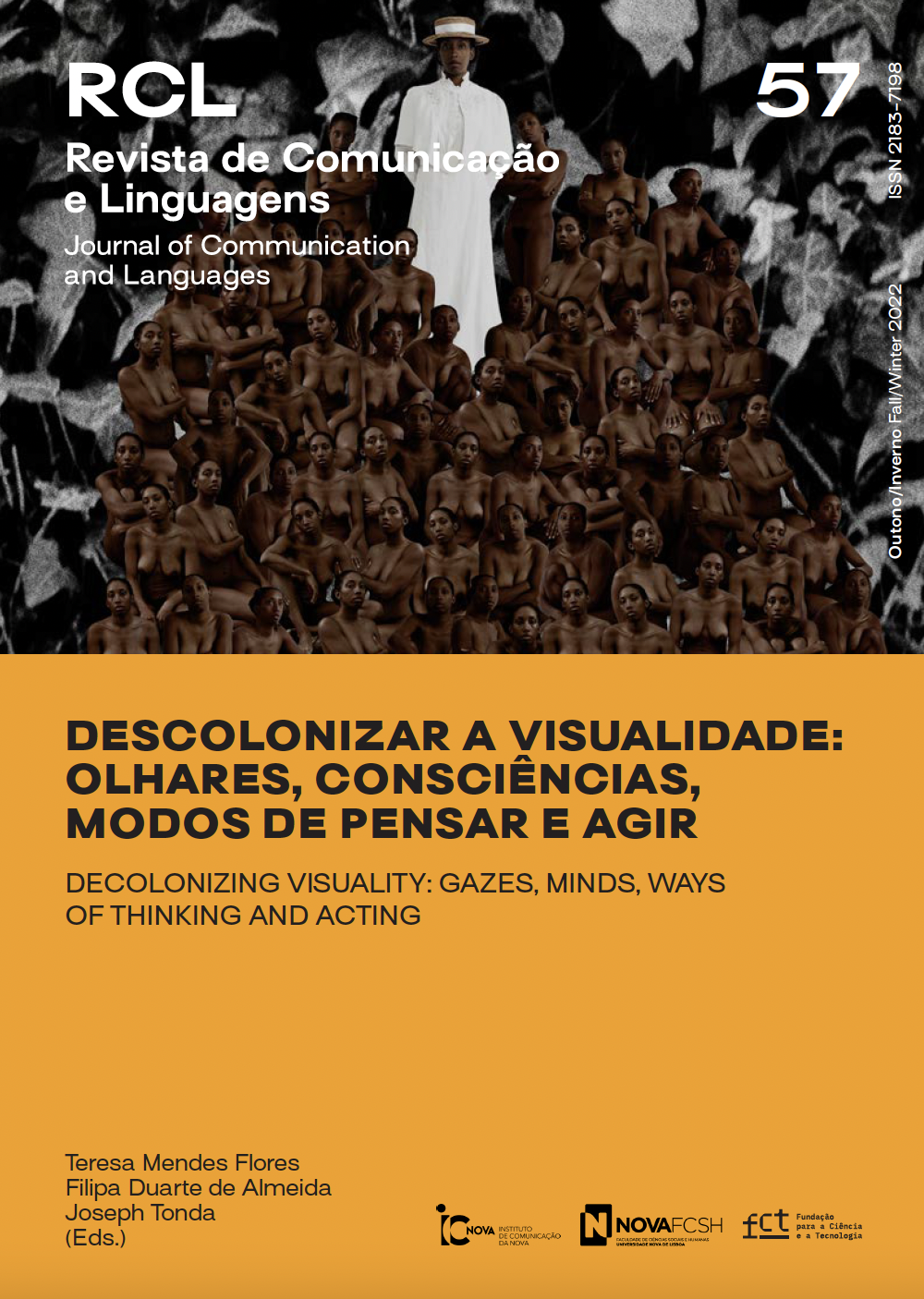The State of the World: Abolitionist Reading Practices
Résumé
Louis Jacques Mandé Daguerre’s daguerreotype Boulevard du rue Temple huit heures du matin (1838) marks a monumental moment in the history of (what Ariella Aïsha Azoulay calls) the “imperial technology” of photography (2019). This image has been historically celebrated in the Western canon as documenting “the first human being to be photographed” (Brand 2018, 202): a “man having his boots polished” who stood still long enough for the (approximately) seven-minute exposure to impress his statue-like image on the plate (anon. “Die Lichtbilder” 1839, 91). Dionne Brand sees the photograph otherwise, however, writing in her poetry/essay The Blue Clerk that, in this image, she sees “the state of the world” (2018, 202). Brand’s vision of the image — of lived relations and intimacies that escape capture by the shutter’s blades — is the counter-reading the poet challenges us to bring to the colonial archive. Dylan Rodriguez describes an “ab-olitionist reading practice” as reading beyond what is immediately perceived to include the conditions for the emergence of the daguerreotype of the boulevard, and its inscription into the archive as a monumental event, are rooted in imperial powers that seek to know, possess, make and destroy worlds, then acknowledging and reckoning with these conditions is, according to Azoulay, a method of attending to “the recurrent moment of orig-inal violence,” and beginning to “unlearn imperialism” (2019, 29). Brand’s reading of the boulevard daguerreo-type demonstrates a process of unlearning imperialism and an abolitionist reading practice. By following the traces of Brand’s reading practice (given as poetry) while examining the conditions of the daguerreotype’s history as a monumental artefact of imperial technology — via: journalistic descriptions (1839); the speculative experi-ences of subjects of Joseph T. Zealy’s daguerreotype por-traits (1850); Eadweard Muybridge’s photographic exper-iments in documenting gesture (1884); and the extended exposures of Hiroshi Sugimoto’s Theatres (1976-ongoing) — this paper rehearses methods of reading that release the grip of colonial aesthetics and transform the world into what is, therefore, possible.
Copyright (c) 2022 Revista de Comunicação e Linguagens

Ce travail est disponible sous licence Creative Commons Attribution - Pas d’Utilisation Commerciale 4.0 International.


